Home
/
Our Partners
/
Rachel Carson NWR
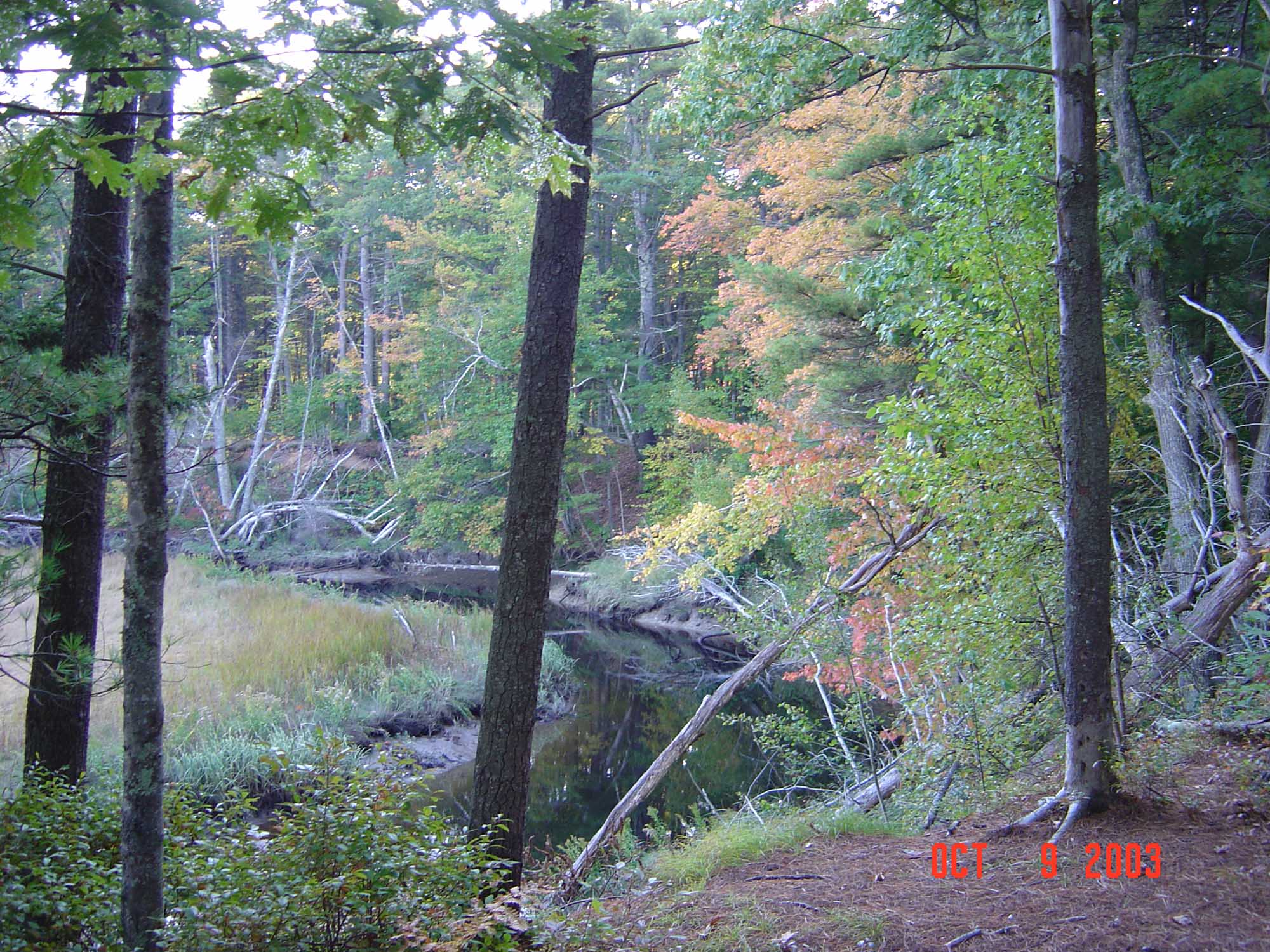
National Wildlife Refuges
Rachel Carson NWR
Rachel Carson National Wildlife Refuge was established in 1966 in cooperation with the State of Maine to protect valuable salt marshes and estuaries for migratory birds. Located along 50 miles of coastline in York and Cumberland counties, the refuge consists of eleven divisions between Kittery and Cape Elizabeth. The proximity of the refuge to the coast and its location between the eastern deciduous forest and the boreal forest creates a composition of plants and animals not found elsewhere in Maine. Major habitat types present on the refuge include forested upland, barrier beach/dune, coastal meadows, tidal salt marsh, and the distinctive rocky coast.
Maine is home to many iconic plants and animals such as moose, loons, puffins, lobsters, clams, Atlantic cod, balsam spruce, fir, white pine, and more. Changing climates will influence all of these organisms in one way or another. When oceans increase in temperature, for example, they also take up more CO2 (carbon dioxide). More carbon dioxide makes the oceans more acidic and increased acidity is not so good for shellfish like lobsters, clams, and mussels. Lobsters that experience increased acidification, for example, generally create softer shells or change their shell shedding time and both of these things may make them more susceptible to diseases. Warmer ocean waters may also provide better habitat for pests and pathogens that typically die out over the cold winter months, increasing the types of diseases the lobsters could be susceptible to. Atlantic cod are also expected to be negatively impacted with warmer waters. Their distributions are expected to become more restricted and the populations are expected to decline in the Gulf of Maine by 2100. Land based organisms are not immune to a changing climate either. Balsam spruce and fir forests in Maine may give way to more deciduous tree-dominated forests such as red maples. Chestnut oaks may also expand their range throughout the state. Wildlife populations, such as those of lynx and marten, are expected to decrease with decreasing snowpack, while other species, such as Virginia opossums, are expected to expand their range.There is concern that exotic and some invasive species will become more noticeable in Maine with a warming climate. Hemlock wooly adelgid, Asiatic clam, large-mouth bass, and Asian shore crab are just some of the species Maine residents will need to watch for. Incorporating climate change preparation into current planning processes like the State Wildlife Action Plan will help prepare Maine for the changes to come. Land managers with the Rachel Carson National Wildlife Refuge will also need to stay alert to the changes in the plant and animal populations they manage. As populations shift and change, the management strategies used by the staff will need to adapt as well.
Plants to Monitor

red maple
Acer rubrum
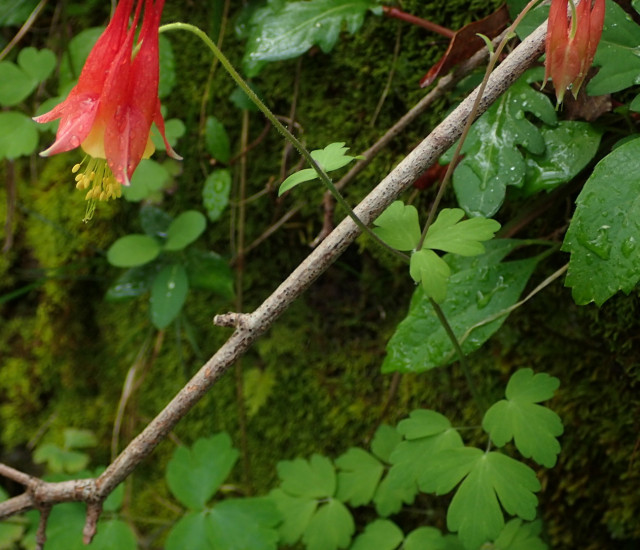
red columbine
Aquilegia canadensis
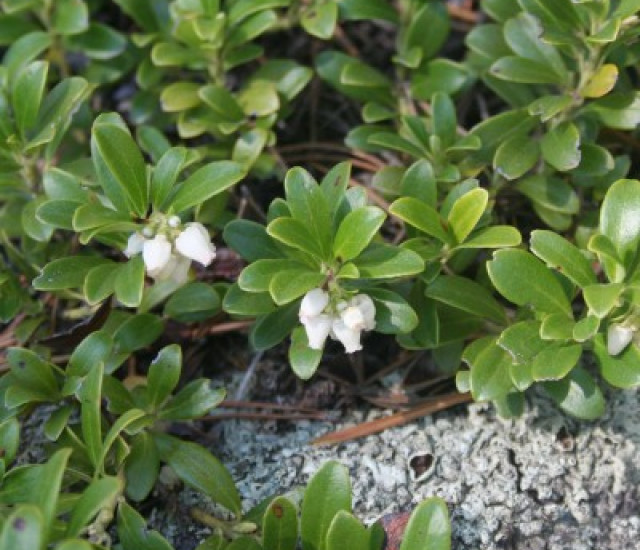
bearberry
Arctostaphylos uva-ursi

common milkweed
Asclepias syriaca

paper birch
Betula papyrifera

American witchhazel
Hamamelis virginiana

Eastern redcedar
Juniperus virginiana
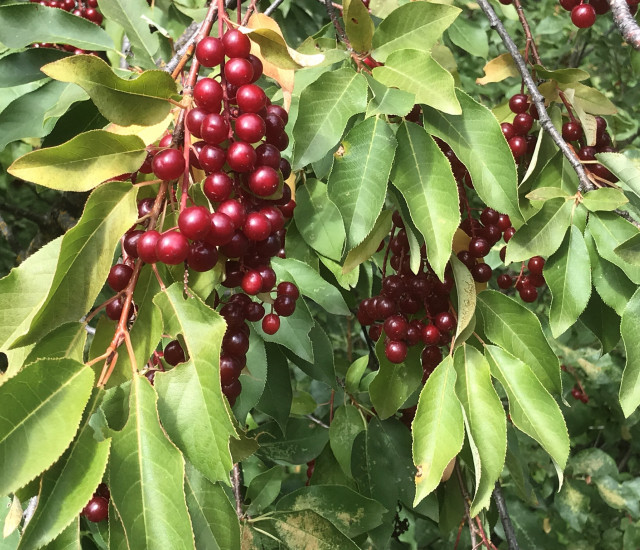
chokecherry
Prunus virginiana
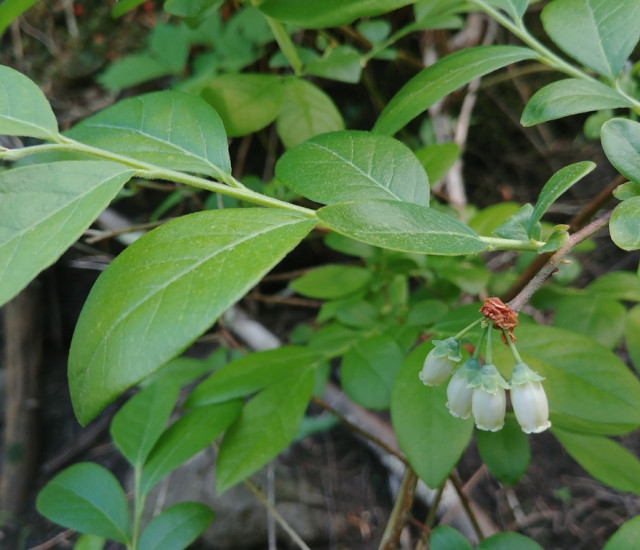
Northern highbush blueberry
Vaccinium corymbosum

nannyberry
Viburnum lentago
See Menu
- 2021 Chicago Botanic Garden. All Rights Reserved.
-
Creative Commons
BY-NC-SA 4.0 - Terms of Use
- Privacy Policy
- Data Sharing and Citation Policies
- 2021 Chicago Botanic Garden. All Rights Reserved.


